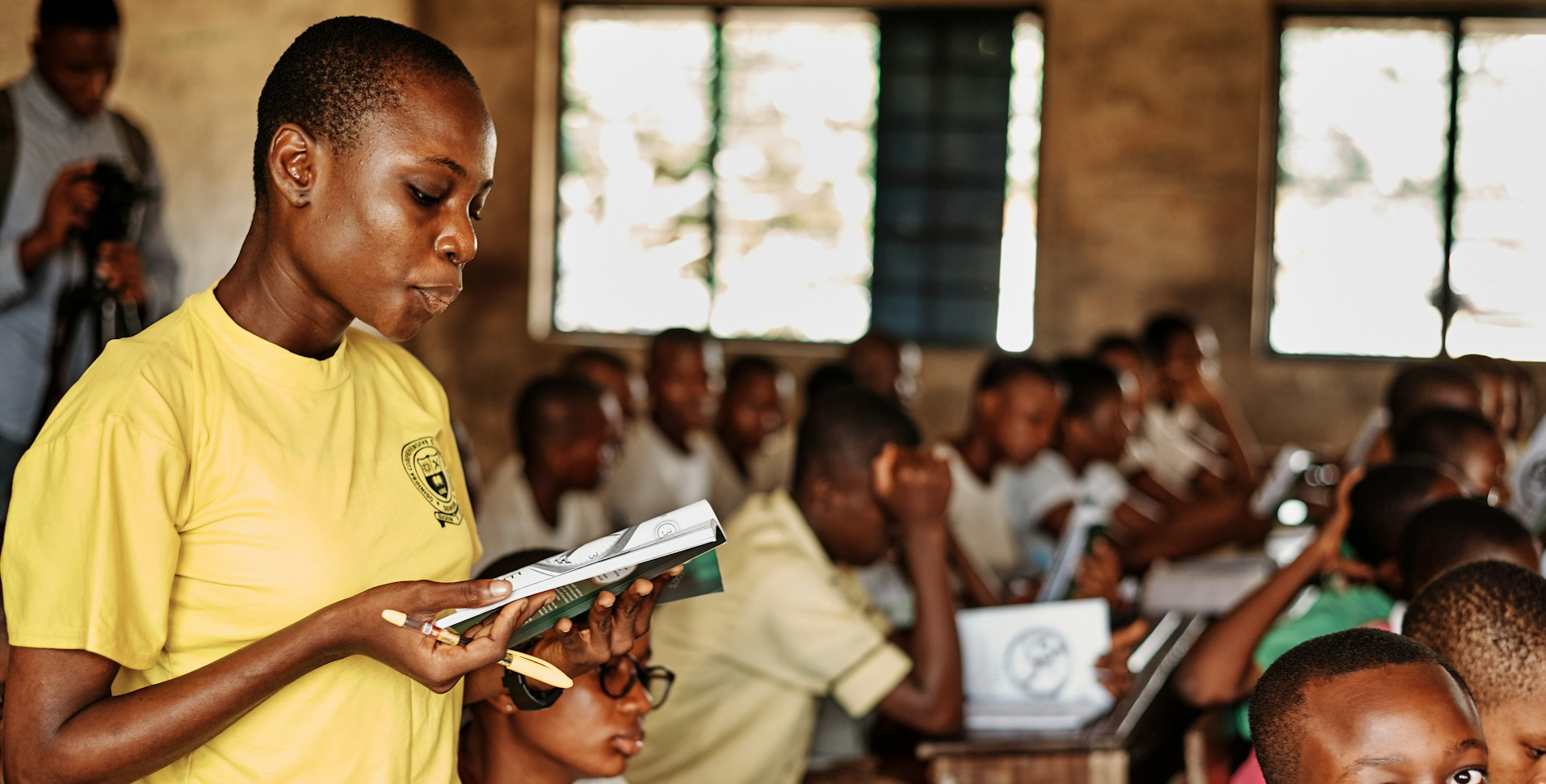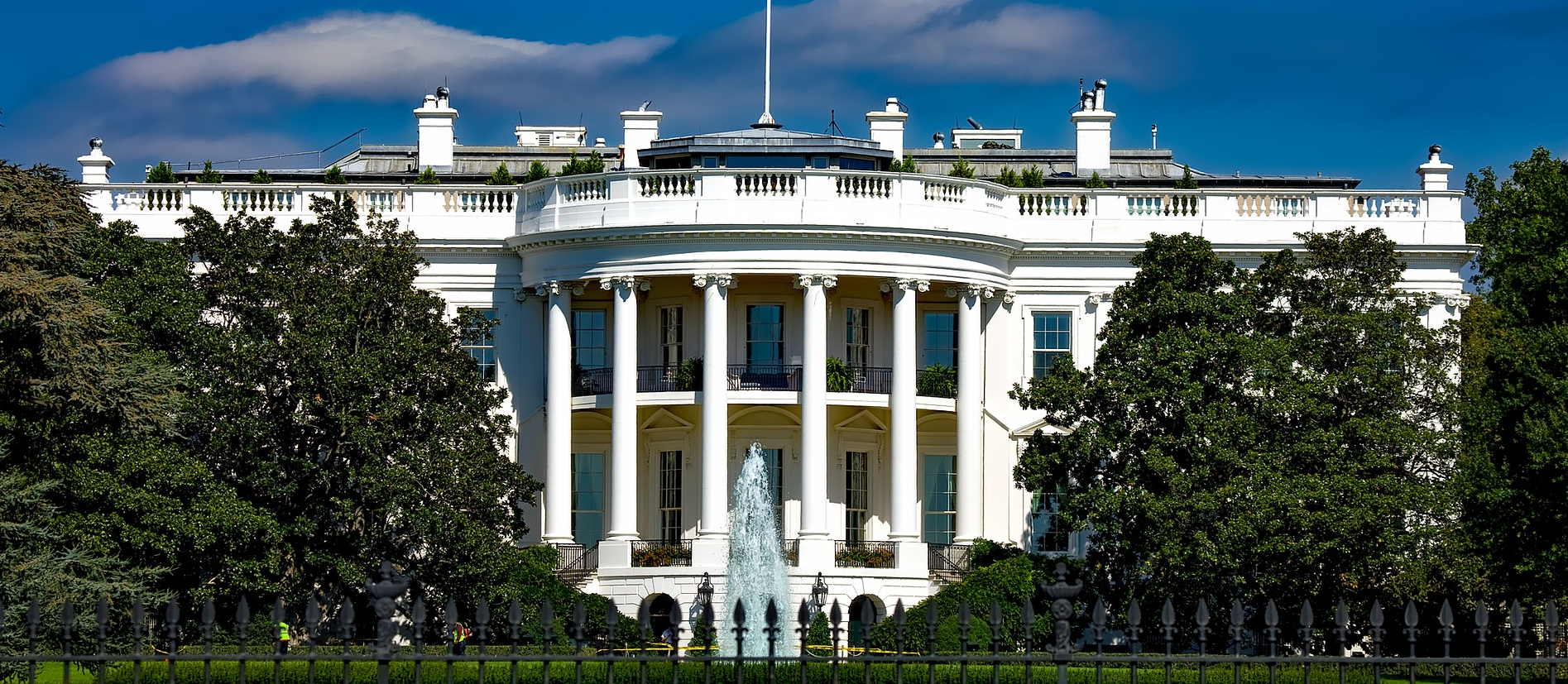Space Exploration or Basics: What Deserves Priority?
The 1960’s were marked by a race to space – both the US and the then USSR were locked in heated competition over which nation would accomplish a manned lunar landing. It culminated with the successful Apollo 11 mission which was also marked by Neil Armstrong’s famous line, ‘one small step for man, but a giant leap for mankind.’
What followed were ambitious plans by several nations globally in launching their indigenous space programs – spanning even economically weak nations from Asia and Africa. Significant amounts of public funds were allocated towards funding these programs, the expected outcomes being progress in science and technology and subsequently, social upliftment. However, have the expenditures on space exploration yielded the desired outcomes for mankind at large?
Benefits of Space Exploration
The US has allocated $22.6 billion for 2020 towards its National Aeronautics and Space Administration (NASA) program. In another finding, it was highlighted that for every $1 spent on space programs, its corresponding return to the US economy was an estimated $8. Prima facie, this is an excellent return on investment, besides also leading to the establishment of many spin-off industries. It must also be added that several current conveniences that we otherwise take for granted can be attributed to space exploration. These include modern satellite communications, weather forecasting and global positioning systems. Likewise, the advancements in robotics and computers as well as digital photography and even a humble LED light bulb are all products yielded due to investments in space exploration.
However, the all important fact is that the US is a developed nation already. Its annual budget for 2020 is $4.7 trillion and its NASA spending is equivalent to 0.4 percent of its total budget. Importantly, it has also made significant budgetary allocations towards housing, education and healthcare.

Horasis Chairman Frank-Jürgen Richter
Contrasting Two Asian Economies
Now consider a developing economy such as Pakistan. Its citizens have a paltry per capita income of $1,641 as of 2017-18, with a third of its citizens living in abject poverty. Pakistan has allocated $43 million towards its space program – a figure that will realistically not allow any significant strides to be made anyway.
Then there is the example of the global financial hub of Singapore. Mired in poverty until only a few decades ago, it was perhaps on the same trajectory as several Asian economies today. However, radical reforms were central to its becoming a most sought-after investment destination currently, with the city-state’s residents enjoying world class infrastructure, access to quality education and state-of-the-art healthcare facilities. Singapore commenced its space program only in 1999, well after it had attained developed economy status.
If Not Space, then Prioritize Where?
It is commonly acknowledged that small and medium enterprises (SME) employ the bulk of the world’s population. In simple terms, ‘small businesses make the world go around.’ The World Bank highlights that SMEs account for 90 percent of all businesses, generating over 50 percent of global employment. In fact, in the case of emerging economies, the SME segment contributes more than 40 percent of national GDP. Without doubt, the SME segment is the biggest employment generating ‘cog in the wheel’ but one that is probably allocated negligible priority in most emerging economies. It is also evident that any investment made towards SMEs will have a wider ripple effect across any given economy.
Basic macroeconomics suggests that the opportunity cost of a product or service determines whether an individual or organization should make or do it themselves or whether it should be purchased. Likewise, space exploration has a high opportunity cost for most nations – all the more for emerging economies. The latter could consider collaborations with developed nations to further ambitious programs such as space exploration while allocating the bulk of their resources towards ensuring basic necessities such as nutrition, quality education and access to healthcare. Although these are glaring problems that are often in plain sight, governments often choose to embark on what are considered ‘image building’ exercises.
Cost-Benefit Analysis
The benefits of space exploration or allocating budgetary resources towards it cannot be discredited. Its many advantages have evidently enhanced quality of life in general but it is a specialized field – one that can perhaps be equated with the ‘self actualization’ level in Maslow’s pyramid identifying the hierarchy of needs. Space programs are perhaps best initiated after fulfilling the more basic criteria of ensuring a respectable and dignified existence for a nation’s ordinary citizens.
In the case of India, its advanced space program has several distinctions to its credit. Meanwhile, one-third of its pre-school children are stunted because of malnourishment. Even if space exploration ensured an LED bulb in their home, it sure hasn’t ensured adequate food for a sizeable demographic despite its space program having been active for some 45 years now. It is perhaps aptly expressed by Vivek Dehejia, Senior Fellow at the IDFC Institute, a think-tank. He said “I think if you did a grand cost-benefit analysis, this wouldn’t rank very high among the priorities. When we’re a rich country we’ll have plenty of time to put a man on the moon.”
Photo Caption: A school for underprivileged kids in Maharashtra, in India. Maharashtra is also home to Mumbai, the commercial capital of India.
Photo: Raj Rana on Unsplash



